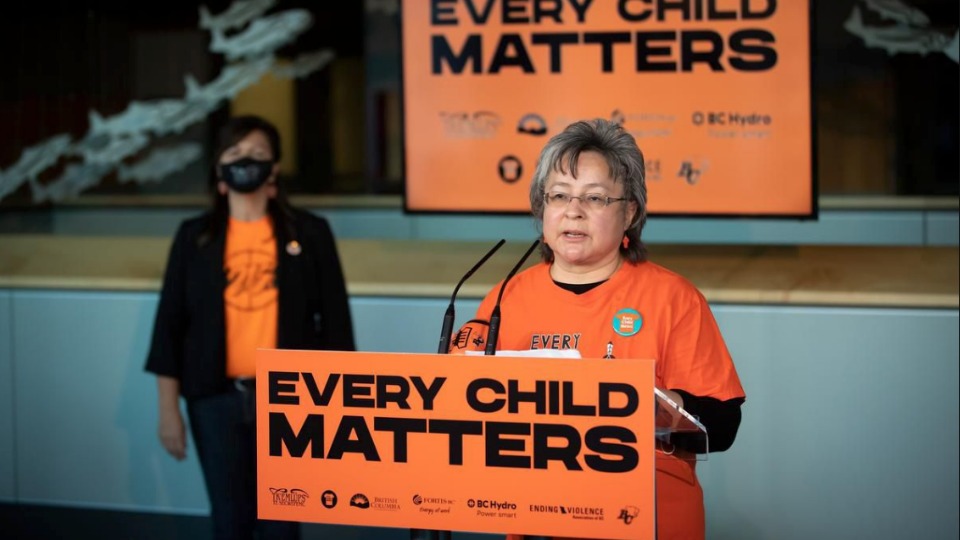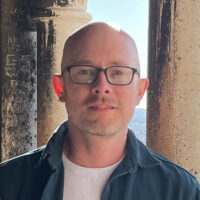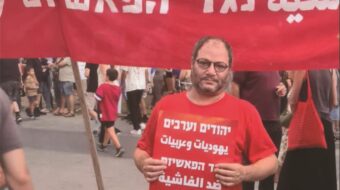
TORONTO—Canada is for the first time observing a “National Day of Truth and Reconciliation” on Sept. 30, focusing the country’s attention on the victims and survivors of the residential school system and other genocidal acts against Indigenous peoples.
Though a national day of recognition was previously proposed as one of 94 calls to action in a report from Canada’s Truth and Reconciliation Commission, it was only after the discovery of over a thousand unmarked graves at the sites of former residential schools earlier this year that the government acted.
In-person and virtual events are being held across the country, with many organized around a moment of silence at 2:15 pm—referring to the number of graves found at the Kamloops Residential School in British Columbia, the first of the mass grave discoveries.
At the central ceremony held on Parliament Hill in Ottawa and broadcast live on television, Wakerakatste Louise McDonald Herne, a condoled Bear Clan Mother for the Mohawk Nation Council, encouraged all Canadians to “know the history of this country and the corruption it was built upon.” She told them, “You need to correct the wrongs, and you have to own your own truth.”
Herne’s call was echoed by Algonquin Elder Claudette Commanda, who said the mass graves have awakened Canada to its genocidal past. “Two-hundred and fifteen little voices woke the country, 215 voices spoke to the world,” she said.
Listening to that truth and owning it is the only path to reconciliation, Commanda said. “Take this beautiful gift we are offering you; learn, listen, and we will walk together, turning this country into a beautiful country for all our children,” she challenged listeners as she held back tears.
Parliament made Sept. 30 a federal statutory holiday in June for all federal employees and workers in federally-regulated workplaces. Banks, post offices, and many public services are closed, with workers encouraged to take part in educational and commemorative activities. Some provincial governments are also observing the day, though others—including Alberta, British Columbia, Ontario, Saskatchewan, and Quebec—are not joining in, defying the calls of Indigenous leaders.

The last day of September was chosen because it is “Orange Shirt Day,” a movement that started on Sept. 30, 2013. That was the date that survivor Phyllis Webstad from the Stswecem’c Xgat’tem First Nation first publicly shared her experience in the residential school system. On her first day of school at the St. Joseph’s Residential School in Williams Lake, B.C., in 1973, the new orange shirt her family had dressed her in was stripped away by school officials.
The stealing of Webstad’s shirt has become symbolic of the efforts by the Canadian government to eradicate the culture and heritage of First Nations, Inuit, and Métis peoples over generations.
The Government of Canada illuminated the parliament in orange from sunset Wednesday to sunrise Thursday and mandated a five-day educational event for all students in grades 5 through 12 featuring Indigenous Elders, youth, and survivors.
The University of Alberta is offering a free online course titled “Indigenous Canada” for anyone who wants to take it. The class is conducted by the university’s Faculty of Native Studies and explores Indigenous histories and contemporary issues in Canada from an Indigenous perspective.
The national broadcaster, CBC, has scheduled primetime programming to educate all Canadians about the history of the residential school system.
Operating from the 1880s up to the end of the 20th century, the schools were one component of a vast Canadian government effort aimed at erasing Indigenous culture and identity. Over the course of more than a century, at least 150,000 Indigenous children were taken from their families and communities and shipped off to state-funded Christian boarding schools; many never returned.
Authorities at the schools forced conversion to Christianity on the children, and they were forbidden from speaking their native languages. The schools were plagued by physical, mental, and sexual abuse, and as many as 6,000 children are estimated to have died while attending. The destruction of family and community ties interrupted the transmission of cultural knowledge and left survivors isolated and damaged.
As such, the schools also served to weaken collective resistance by Indigenous peoples to resource theft and land expropriation during the crucial years of Canada’s economic development. The residential school system was part of the effort to open up vast tracts of Indigenous territory for expanding Canadian capitalism.
The findings of mass graves at several schools this summer sparked calls for fresh examinations to be made on the grounds of every former residential school site across Canada. There were over 130 of them, with the last one only closing in 1996.
In addition to the schools, Reconciliation Day is also intended to increase the attention given to the matter of Missing and Murdered Indigenous Women and Girls. Thousands of cases of missing Indigenous women remain unsolved across both Canada and the United States over the past few decades, with critics saying they don’t get the police attention or investigative resources that other crimes garner.
As for achieving reconciliation, Murray Sinclair—an Ojibwe, former Canadian senator, and former chief commissioner of the Truth and Reconciliation Commission—says the day of recognition is a step in the right direction, but it is not the end goal.
“I did say…at the end of the TRC report that we will not achieve reconciliation in my lifetime.,” he told CBC in an interview ahead of Sept. 30. “We will probably not achieve it in the lifetime of my children. We may not even achieve it in the lifetime of my grandchildren,” he said.

The central goal of the truth and reconciliation process, Murray said, can’t be just uncovering what happened at residential schools, but “to make it part of our national memory,” so that future generations never forget it.
Referencing anti-Nazi laws in Germany that make it a crime to deny the Holocaust, Murray said it should be an offence in Canada to deny the existence of the residential school crimes. For decades, many Canadians continued to defend the school system, arguing it had pursued noble goals. Ryerson University in downtown Toronto, for instance, still bears the name of Egerton Ryerson, architect of the residential schools.
After Indigenous-led protests toppled and beheaded the statue of Ryerson in June, university officials decided to change the institution’s name, stripping Ryerson of any honors.
“We have not only opened people’s eyes, but we have turned people’s heads,” Murray argues. “The ones who would look away now can no longer look away.”
RELATED STORIES:
Grave containing 215 Indigenous children evidence of Canadian residential school genocide
Statue of Egerton Ryerson, architect of Canada’s racist residential schools, toppled
Haaland: Crisis of missing and murdered Indigenous women demands solution









